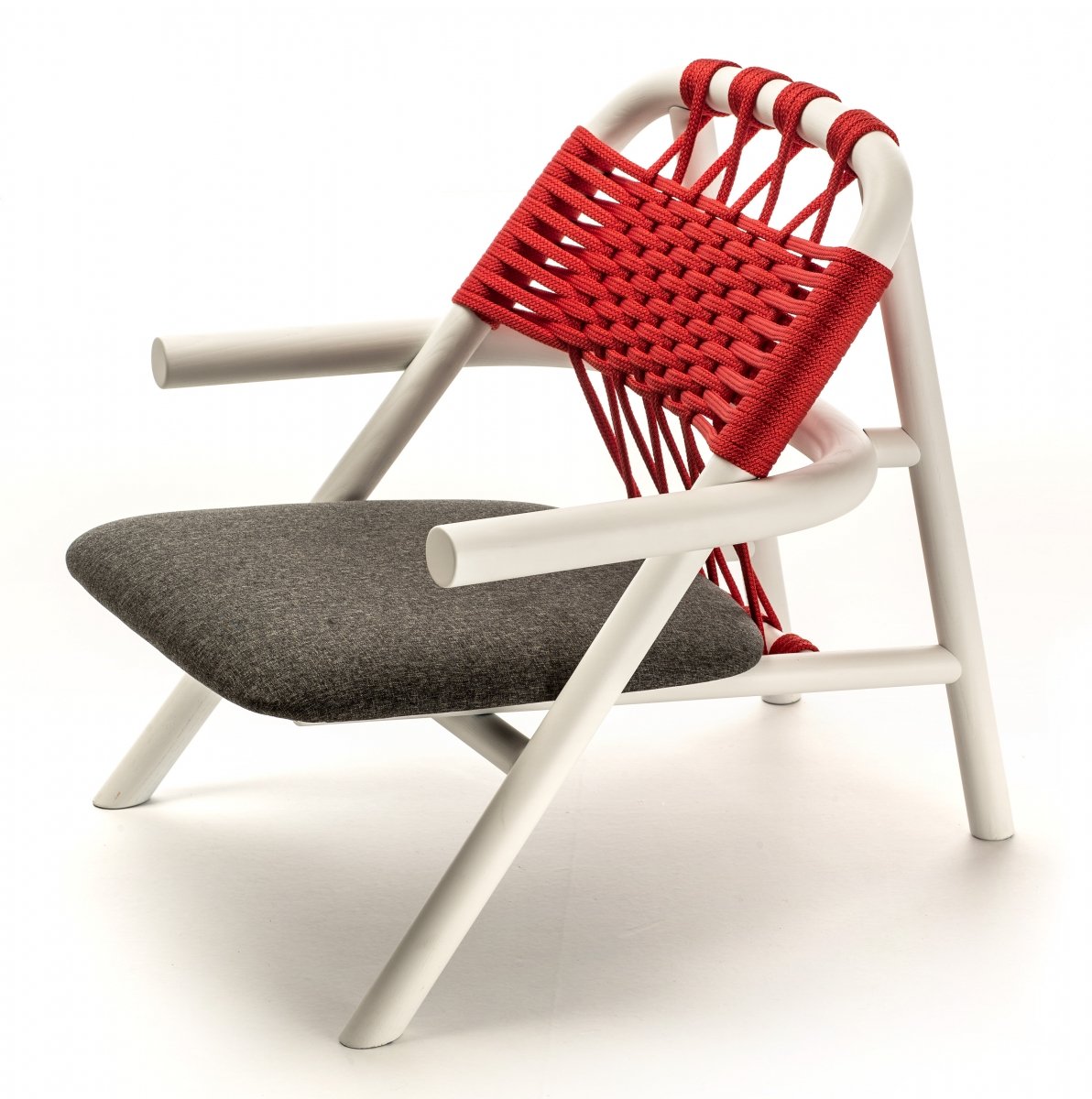
May 12, 2014
How One Chair Launched a New Italian Manufacturer
An Italian company rooted in wood craftsmanship takes a bold new direction.

Courtesy Alessandro Paderni; all others courtesy Very Wood
In 2013, designer Sebastian Herkner was approached by Very Wood, an Udine, Italy–based furniture brand that was formed when the Italian company Gervasoni bought the manufacturer IFA Srl. Herkner, drawn to the craftsmanship that goes into Very Wood’s products, immediately agreed to design a collection for the relatively young company. That series is the award-winning Unam line of chairs, tables, and benches.
“Udine is known for its woodshops,” he says. “I wanted to use this opportunity to create an iconic collection. The chance to use Very Wood’s facilities, as well as the fact that it does everything itself, were the most important factors.”

“The design process started with small-scaled prototypes made of plastic tubes and cardboard,” Herkner explains. “I think you can see still this simple and authentic approach in the collection.”
In turn, Very Wood saw Herkner as a designer who could help evolve the company’s vision. “It had a conservative collection and decided to rethink the whole company,” Herkner says. “We came to the point of using very traditional handcrafting, creating something solid, but also something fresh.”
Herkner chose to create two iterations of the chair—one using a leather weave for the backrest and another using sailing rope. “All this came from research,” he says. “When I got my first rope catalog , it was very beautiful to see the possibilities with all the bright colors—not just gray and black, like most companies use for their furniture. It was really interesting to combine this high-tech material with very solid, natural wood.”
Here, Herkner discusses the design choices he made in order to create a completely modern chair that still reflects the Italian woodcraft tradition.

After extensive tests with different materials and weaving patters, the final back support was devised using sailing rope.

The tectonics of the chair were based on old timber houses, says Herkner. “The chair doesn’t show screws at all,” says Herkner.

The chair is available in indoor and outdoor versions. The former is made of ash wood, and the latter of iroko wood.





